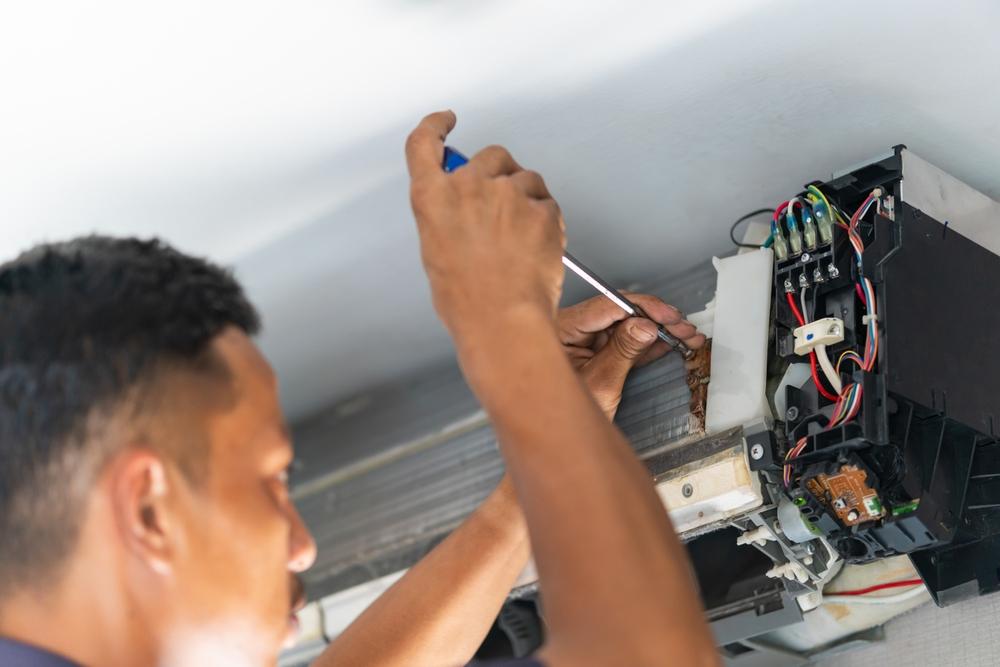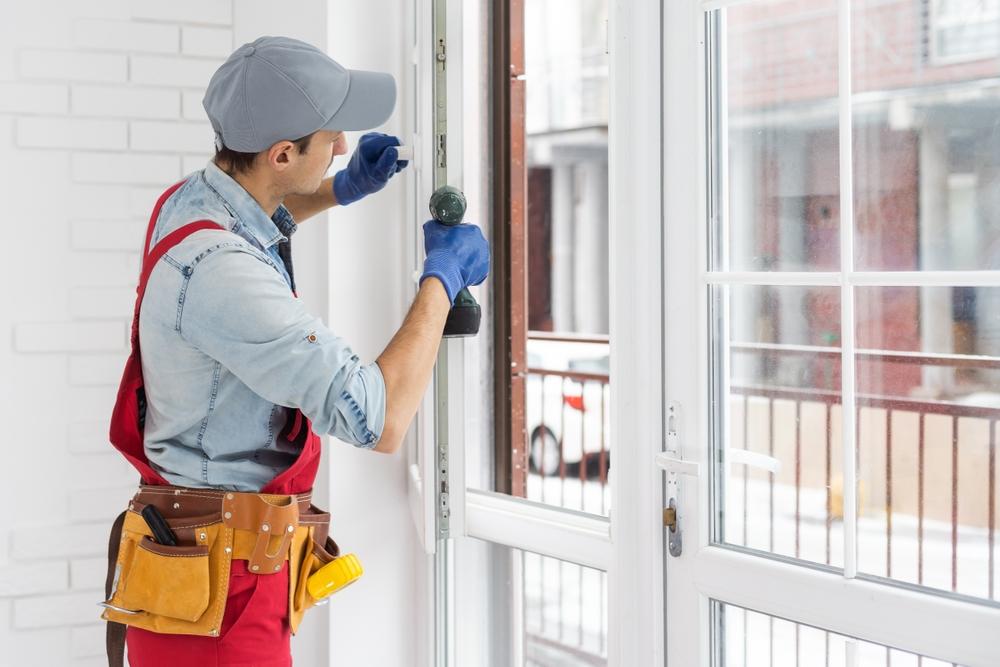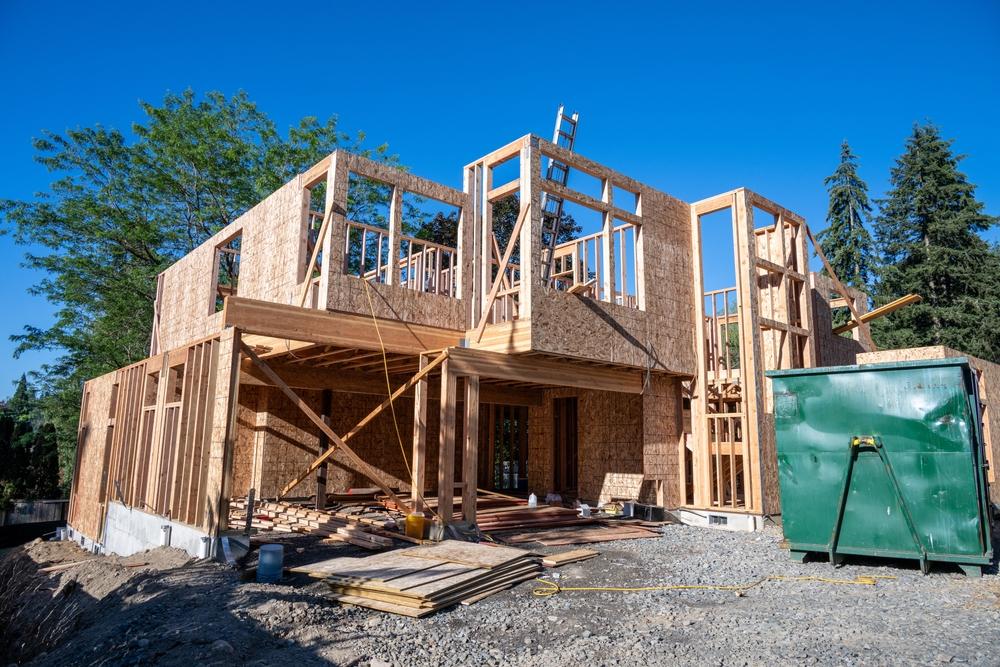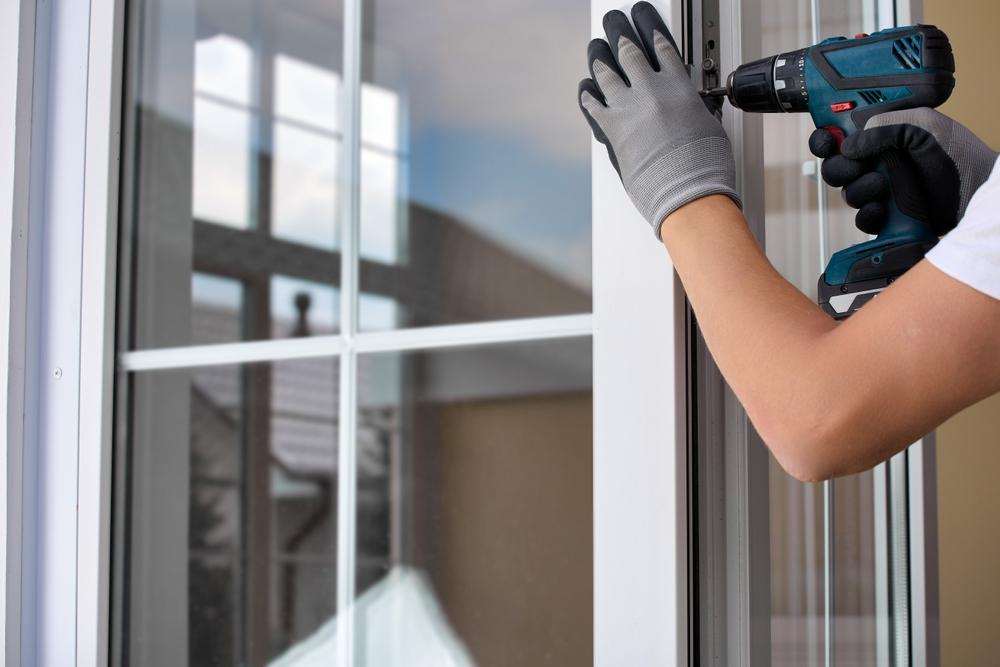Understanding Roof Insulation: A Comprehensive Guide
Discover the importance of roof insulation in the USA, explore different types, benefits, and top providers.
Roof insulation is a critical component of a building’s energy efficiency and comfort. It serves as a barrier that helps regulate temperature, reduce energy consumption, and enhance the overall sustainability of a structure. In the USA, where climate conditions vary widely from region to region, effective roof insulation is essential for maintaining indoor comfort and minimizing heating and cooling costs. This article explores the different types of roof insulation, their benefits, and considerations when choosing insulation for your roof.
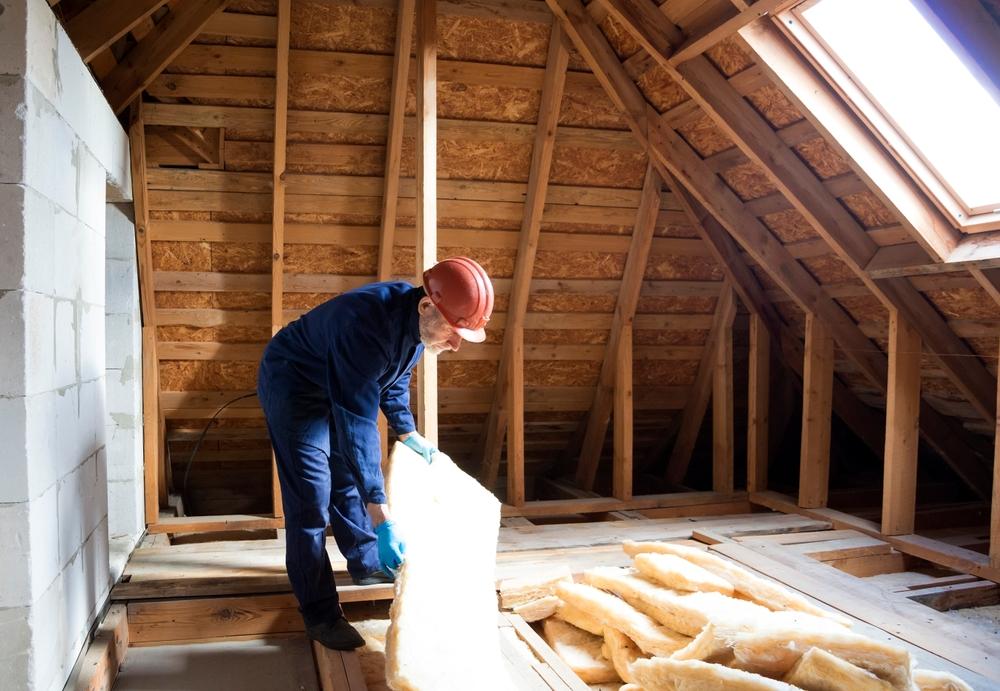
Types of Roof Insulation
There are several types of roof insulation used in the USA, each with its unique properties and applications. The most common types include fiberglass, spray foam, cellulose, and rigid foam insulation. Fiberglass insulation is widely used due to its affordability and effectiveness. Spray foam insulation offers superior air sealing capabilities, making it ideal for roofs with complex shapes. Cellulose insulation is an eco-friendly option made from recycled paper products, providing excellent thermal resistance. Rigid foam insulation, available in sheets, is often used in commercial buildings and offers high R-value per inch.
Benefits of Roof Insulation
Proper roof insulation provides numerous benefits, making it a wise investment for homeowners and businesses alike. The primary benefit is improved energy efficiency, as insulation reduces the amount of heat that escapes during the winter and enters during the summer. This leads to lower energy bills and a reduced carbon footprint. Additionally, insulation enhances indoor comfort by maintaining consistent temperatures throughout the year. It also contributes to noise reduction, particularly in urban areas, by dampening external sounds. In some cases, proper insulation can extend the lifespan of the roofing materials by reducing temperature-related stress.
Factors to Consider When Choosing Roof Insulation
When selecting roof insulation, several factors should be taken into account to ensure optimal performance and longevity. First, consider the climate of your region; areas with extreme temperatures may require insulation with higher R-values for better thermal resistance. The type of roofing material also plays a role in determining the suitable insulation, as some materials may be more compatible with certain insulation types. Additionally, budget constraints and long-term savings should be evaluated, as higher initial costs for premium insulation can often be offset by energy savings over time. Lastly, consider the environmental impact of the insulation materials, especially if sustainability is a priority.
Installation and Maintenance of Roof Insulation
Proper installation is crucial for the effectiveness of roof insulation. It is recommended to hire professional installers who have experience with the specific type of insulation being used. During installation, attention should be paid to sealing gaps and avoiding compression of the insulation, as this can reduce its effectiveness. Regular maintenance is also important to ensure that the insulation continues to perform well. This may include inspecting the roof for leaks, replacing damaged insulation, and ensuring that ventilation systems are functioning properly to prevent moisture buildup.
Cost and Top Insulation Providers in the USA
The cost of roof insulation in the USA varies depending on the type of insulation, the size of the roof, and labor costs. On average, homeowners can expect to pay between $1,500 and $4,500 for roof insulation. Spray foam insulation tends to be more expensive than fiberglass or cellulose, but it offers better performance in terms of air sealing and moisture control. Some of the top insulation providers in the USA include Owens Corning, Johns Manville, and CertainTeed, each offering a range of insulation products tailored to different needs and budgets.



